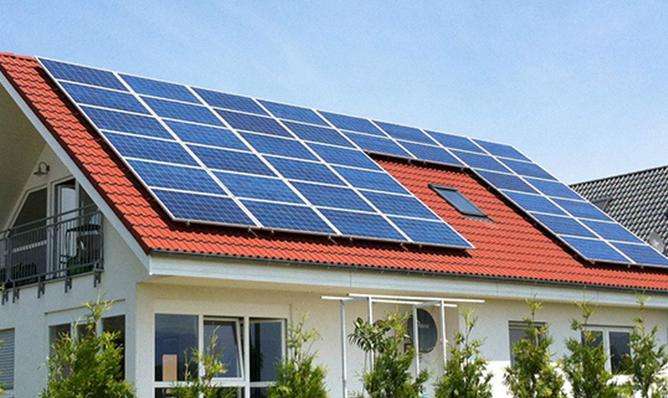The Darrieus wind turbine is the first vertical axis wind turbine of the lifting type, called the D turbine. It was invented by a French engineer named G.J.M Darrieus and was patented in 1931, but it was not taken seriously until 'in the late 1960s. After extensive research by the Canadian National Aerodynamics Laboratory and the Sandia Laboratory in the United States, the Darrieux wind turbine has practical value. Compared with all vertical axis wind turbines, it has the highest wind energy utilization coefficient. Currently, all vertical axis wind turbines of the lifting type can be classified as Darieux type wind turbines.
Features of Darieu Wind Turbine
Darieu Wind Turbine is a newly developed vertical axis wind turbine, named after the French inventor Darieu. The photo shows the ordinary Darieu wind turbine in the shape of Φ and. the special Darieu wind turbine in the shape of Δ. Most of its leaves are in the nameber of 2-3. The wind turbine rotates independently of the wind direction and is of the lifting type. Its installation is simple and the cost is relatively cheap, but its start-up performance is poor, so some people use this wind turbine in combination with Sabnius wind turbine.
For a 1.5 MW wind turbine, the generator spins about 1,800 times per minute, generates 1,500 kilowatt hours of electricity per hour, and the turbine spins about 18 times per minute. This is directly related to the unit's ability.
Generally speaking, level 3 winds are valuable. However, from an economic and reasonable point of view, wind speeds above 4 meters per second are suitable for electricity generation.
According to measurements, a 55 kilowatt wind turbine has an output power of 55 kilowatts when the wind speed is 9.5 meters per second; when the wind speed is 8 meters per second, the powernce is 38 kilowatts; wind speed When the wind speed is 6 meters per second, it is only 16 kilowatts; when the wind speed is 5 meters per second, it is only 9.5 kilowatts. It can be seen that the stronger the wind force, the greater the economic benefits.
Detailed information
A wind turbine is an electrical device that converts wind energy into mechanical work. Mechanical work causes the rotor to rotate and ultimately produces reciprocating output. current. Wind turbines generally consist of components such as a wind wheel, a generator (including devices), a steering (tail), a tower, a speed-limiting safety mechanism, and an energy storage device.
The operating principle of a wind turbine is relatively simple. The wind wheel rotates under the influence of the wind. It converts the kinetic energy of the wind intomechanical energy of the wind wheel shaft. by the wind wheel shaft to produce electricity. Generally speaking, wind energy is also solar energy, so we can also say that a wind turbine is a thermal energy generator that uses the sun as a heat source and the atmosphere as a heat source. work.
For many centuries, wind turbines, like hydraulic machines, have played an important role in the development of productivity as a source of energy to replace human and animal energy. The widespread application of electromechanical power in modern times and the discovery of oil deposits in the Middle East in the 1950s slowed the development of wind turbines.
In the early 1970s, due to the "oil crisis", energy shortages emerged and people were aware of the instability and limits of supplyin conventional fossil energy. The search for clean and renewable energies has therefore become an important issue in the modern world. As a renewable and non-polluting natural energy source, wind energy has once again attracted attention.
Reference documents:
Baidu Encyclopedia - Wind Turbine













